On Saturday, Feb 8th 2014 at the AIC, he will be leading “Wonders of the Winter Sky”, an indoor and (hopefully with clear skies) outdoor presentation on the stars, constellations and nebulae visible this time of the year. The program will begin at 6:30 pm. Call or email to register.
On a clear midwinter evening, look high above the southern horizon and you will see a V-shaped group of moderately bright stars. These stars form the center of the large constellation Taurus. Imagine, as did the Sumerians four thousand years ago, that this pattern outlines the horns of a charging bull. The bright red star Aldebaran prominently shines on his lower (southern) horn. The stars of the horns are called the Hyades. In Greek mythology, they were the daughters of Atlas and Aethra. Their appearance was associated with the rainy season. At a mere 150 light years away, The Hyades are actually an open cluster of related stars. Look above and a little to the right (west) of the V and you’ll see a compact cluster of blue stars called the Pleiades.
Although this beautiful little asterism is known as the Seven Sisters, some people see six stars with the naked eye, where others claim they can see eleven. With the magnification of 7×50 binoculars, a hundred or more of these gem-like blue stars are revealed in the cluster. The view is spectacular.
Taurus, Latin for bull, symbolizes strength and virility. The bull has been worshiped for millennia. In the “Great Hall of the Bulls” at Lascaux Caves in southwest France, dynamic images of charging bulls cover the subterranean walls. These images, dating back at least 17,000 years, are among the most beautiful examples of Paleolithic art yet discovered.
As these paintings precede any known language, we can only conjecture about the meaning and importance of these creatures to those who painted them. Some researchers speculate that the bulls of Lascaux are the earliest known reference to the constellation Taurus.
When the Sumerians named the constellation four thousand years ago, the Sun was moving across Taurus on the first day of spring, the Vernal Equinox. This event gave the bull particular importance as a symbol of fertility and regeneration.
In 1054, observers noticed a bright star that had suddenly appeared in the eastern region of Taurus. Chinese court astrologers made a detailed and accurate account of this event. Their records describe a star so bright that it was visible in full daylight. It slowly dimmed to invisibility over the course of a few months. Native Americans in the Southwest painted an image on rock which we believe is a pictorial record of the same event.
We now know that this star was a massive supernova. Through small telescopes, we can still see the remnants of this explosion as a faint nebular glow. The Hubble Space Telescope clearly shows an oval of colorful filamentary tendrils radiating outward. At the center is a dense neutron star the size of an average city, spinning thirty times a second. It ejects intense x-ray radiation and magnetic energy, causing the nebulosity to glow. We call this object The Crab Nebula. The name was coined by nineteenth century astronomers because the nebular filaments evoked a celestial crab.
In time exposure photographs of the Pleiades Cluster, wispy nebulosity surrounds the brightest stars. It was once thought that this nebulosity was actually gas and dust left over from the formation of the bright young cluster. We now know that it is a dust cloud that the Pleiades randomly wandered into.
Don’t wait too long to look for the magnificent celestial bull. By March it will have sunk too low in the West to be seen after sunset.
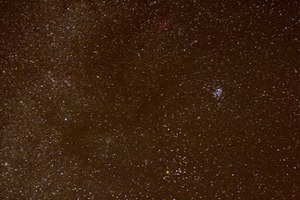
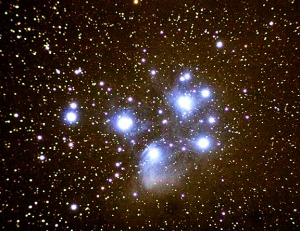
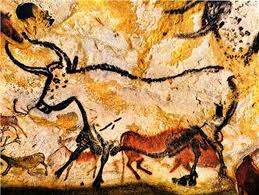
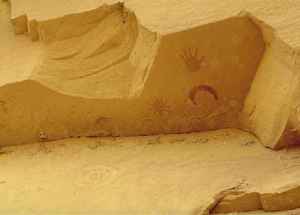
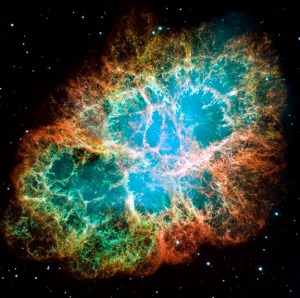
Bob, I wish you were here with your telescope. Thanks for directing me to the sky for my cow search. I am much interested in what you are doing. Goodness! what a great website; it has my name and email, already. I am on to the next blog. Please keep writing and learning and passing it on.
sc